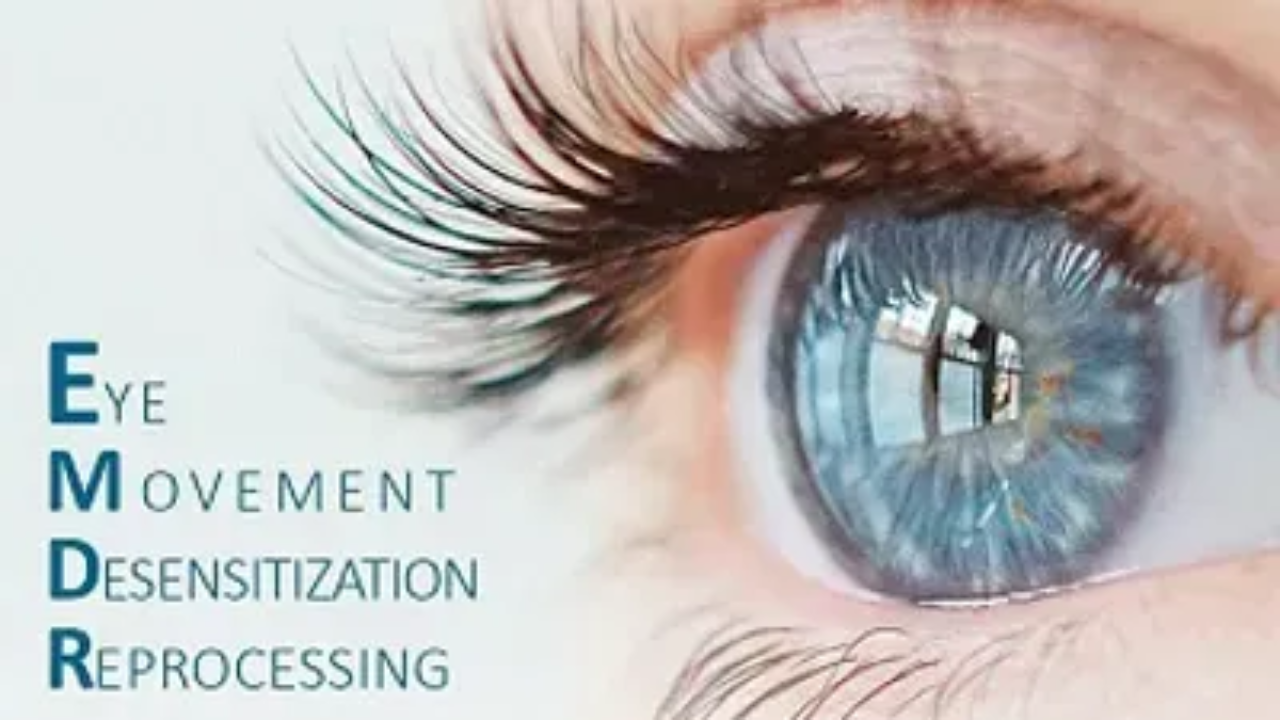How EMDR Therapy Helps You Feel Safe In Your Body Again
Nov 12, 2025
After trauma, the goal of EMDR therapy is not just to “get unstuck,” but to help your nervous system learn that it is safe again, so you can live more fully in the present instead of constantly bracing for the past.
How Trauma Gets “Stuck” In The Body
Distressing or traumatic experiences often get stored in the nervous system as if they are still happening, not as something that is over. The body remembers through sensations (like tightness in your chest), emotions (like sudden shame or panic), and beliefs (like “I’m not safe” or “This is my fault”), even when your logical brain knows you survived and time has passed.
This is why you might find yourself shutting down in conflict, jumping at small sounds, or overreacting to a harmless comment from a partner or coworker. Your system is doing its best to protect you, but it is using an old map. EMDR helps update that map so your responses match what is actually happening now, not what happened then.
What Makes EMDR Therapy Different?
Eye Movement Desensitization and Reprocessing (EMDR) is a structured, research-supported therapy designed to help the brain and body finish processing experiences that were too overwhelming at the time. Unlike some talk therapies that focus mainly on insight, EMDR works directly with how memories, sensations, and beliefs are wired together in the nervous system.
Using bilateral stimulation (such as guided eye movements, gentle tapping, or alternating sounds), EMDR activates both sides of the brain while you briefly bring aspects of a memory to mind. This process supports your brain’s natural healing ability, helping disturbing experiences move from “live, raw, and present” to “integrated, in the past, and manageable.”
What EMDR Sessions Can Actually Look Like
EMDR is not about pushing you into memories before you are ready. A trauma-informed therapist will move at your pace, with your consent guiding every step. Early sessions usually focus on:
- Building safety and trust in the therapeutic relationship.
- Understanding your history and what you want from therapy.
- Practicing grounding, resourcing, and emotion regulation skills so you have tools before touching any trauma memories.
When and if you decide it feels right, you and your therapist identify specific target memories, body sensations, or beliefs to work with. During reprocessing, you notice what comes up—images, emotions, thoughts, body feelings—while the therapist guides bilateral stimulation. Over time, many people notice that the same memories feel less charged, less overwhelming, and more like “that was then, this is now.” You still remember what happened, but it no longer hijacks your whole system.
Beyond PTSD: Who EMDR Therapy Can Help
EMDR was originally developed for post-traumatic stress disorder (PTSD), but it’s now used to support people navigating many different kinds of pain, including:
- Single-incident trauma (accidents, assaults, medical emergencies).
- Ongoing or complex trauma (childhood abuse or neglect, domestic violence, spiritual trauma).
- Identity-based and systemic trauma (racism, queerphobia, transphobia, fatphobia, ableism, misogyny).
- Anxiety, panic, and phobias.
- Grief and complicated loss.
- Shame, low self-worth, and chronic self-criticism.
For LGBTQIA+ and other marginalized clients, EMDR can be a powerful way to process the cumulative impact of microaggressions, rejection, and systemic harm—experiences that often go minimized or dismissed in less affirming spaces.
How Healing With EMDR Therapy Can Feel
Healing with EMDR is rarely a straight line, and it does not look the same for everyone. Some people notice big shifts quickly; others feel more gradual changes over weeks or months.
Common experiences with EMDR Therapy include:
- Triggers that once felt unbearable start to feel more neutral or simply sad, rather than catastrophic.
- Body sensations like tightness, nausea, or racing heart ease as your system learns it no longer has to stay in constant fight, flight, or freeze.
- Old beliefs such as “I’m broken” or “I deserved it” begin to soften and are replaced with more grounded truths like “I survived” or “What happened to me was not my fault.”
Healing is not about erasing what happened. It is about reclaiming your right to feel present, connected, and alive. As one trauma expert has said in different words, trauma is what happens inside us when we face overwhelming experiences without enough support; healing is the process of finally receiving the support, care, and integration that were missing.
EMDR Therapy As Part Of Holistic Care
EMDR at Being Human Group is not a one-size-fits-all protocol. Your therapist will collaborate with you and may weave EMDR together with other approaches such as parts work, attachment-focused therapy, or mindfulness-based tools depending on your needs and goals.
Our therapists also understand that healing does not happen in a vacuum. Many clients are navigating ongoing stressors—hostile work environments, anti-trans legislation, family estrangement, the pressures of capitalism—and EMDR is used in a way that acknowledges those realities rather than pretending they do not exist. The aim is not to make you “okay” with oppression, but to support your nervous system so you can move through the world with more choice, agency, and self-compassion.
Ready for EMDR Therapy in Michigan? Take the Next Step With Being Human Group
If EMDR therapy sounds like it could be part of your healing, you do not have to know for sure before reaching out. A first step could be scheduling a free consultation to get matched with one of our EMDR-informed and EMDR-trained therapists to explore whether this approach fits your story, your values, and your nervous system. From there, you and your therapist can decide together if and when EMDR feels like the right next step in your healing process.

